LEARN MORE ABOUT PULP
Which type of molded pulp is the right fit for your product?
All our products are made from 100% recovered paper, using a production toolset consisting of: a forming mold, a pressing mold and/or a transfer mold. The design and manufacturing of the molds is done in-house for optimized performance and ensured customer-satisfaction.
The surface of the product in contact with the mesh of the forming mold is called “mesh surface”. It is usually the surface with the highest required precision and always ends up being the smoothest one. The other surface is called “free surface”.

Product Categories
Based on the drying and post-drying processes, our molded paper pulp packaging products are classified in the following three categories:
THREE TYPES OF TEXTURES
Normal
products
Protection meets
transportation
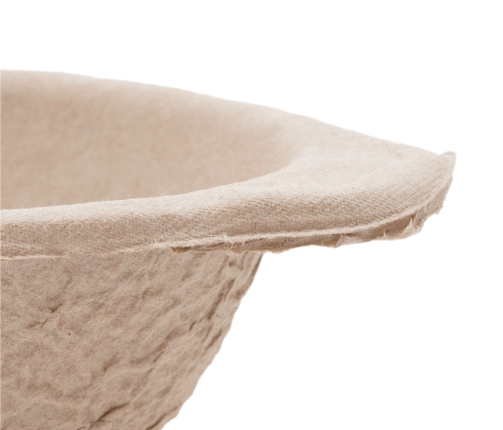
Products with wall thickness
ranging from 1.2mm to 4.0mm
The popular choice when molded fiber’s unique protection properties are needed and small dimensional divergences don’t create a problem. The mesh surface is smooth and the free surface relatively rougher. Products can be nested in each other.
Hot-pressed
products
Protection meets
presentation
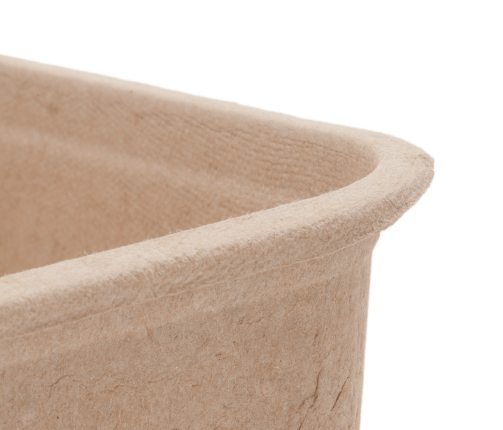
Products with wall thickness
ranging from 1.0mm to 2.0mm
The go-to option for when increased robustness, perfect fit and/or a smoother free surface is required. Ideal for cases with higher aesthetics requirements (e.g. retail packaging). Products’ stacking is optimized and required storage space minimized.
Dry-in-mold
products
Protection meets
smoothness

Products with wall thickness
ranging from 0.7mm to 1.2mm
The supreme choice from molded paper pulp. 100% dimensional accuracy and the smoothest possible textures for your premium products. Only suitable for light-weight products.
EXPLORE OUR PROCEDURE
Process
ALL
NORMAL
HOT-PRESSED
DRY-IN
1
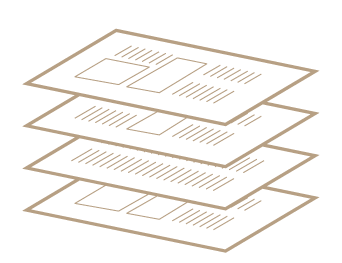
Collecting the material
The recovered paper we use consists of unsold newsprint and corrugated cardboard. In its majority, it is locally sourced in an attempt to support our local communities.
2

Creating the pulp
Τhe sorted reclaimed material is placed in a pulper (blender) along with large amount of water for disintegration of paper to fibers. We operate a closed water management circuit as part of our environmental commitment and energy-saving approach. Upon its preparation, the pulp is further cleaned from impurities. Pulp is fed to the pulp pond of the production line.
3
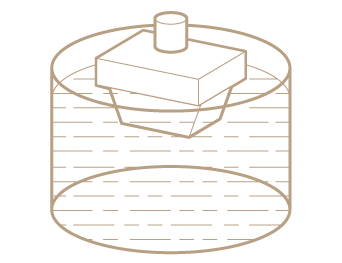
Forming the product
The forming mold is dipped or immersed in the pulp pond and vacuum is applied to its’ backside, so that the product can be suctioned and formed on the mold’s mesh. While still under vacuum, the mold is removed from the pulp pond, allowing time for the water to drain from the product.
4
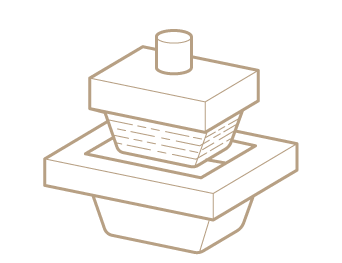
Further shaping
Product gets transferred from the forming mold to the pressing and/or transfer mold, for further water removal and better surface shaping.
5a
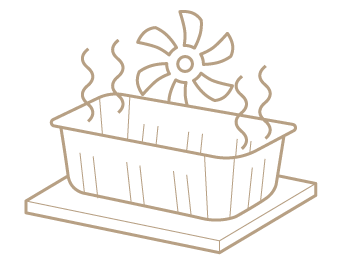
Drying
The product is placed on the conveyor belt which takes it into the tunnel dryer. The drying process parameters (e.g. temperature, air flow) are carefully monitored and controlled.
5b
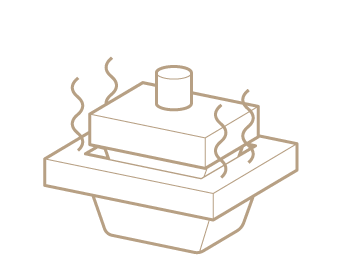
In-Mold drying
Products get dried in their molds with the use of hot air under pressure. The drying process is automatic; with the temperature and air flow carefully monitored and controlled.
6

Hot-Pressing
Once products dry adequately, they get after-pressed (“ironed”) with the use of a set of hot molds. Products precisely fit the molds for better dimensional accuracy. A denser and a smoother product is created. A premium debossing can be applied on the product at this step.
7
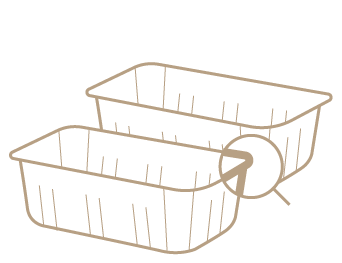
Final inspection
Final inspection takes place and products get bundled according to their packaging specifications.
